You can tell just by looking that the 4-story building at the northeast corner of 7th & Christian has some history to it. The sequence of its various stages, however, is a little hazy. Without a whole lot of concrete information to go on, here’s what we’ve got on 825 S. 7th Street. As shown in the image below, taken from G.M. Hopkins’ 1875 Philadelphia Atlas, the corner was originally marked as a Marble Yard.
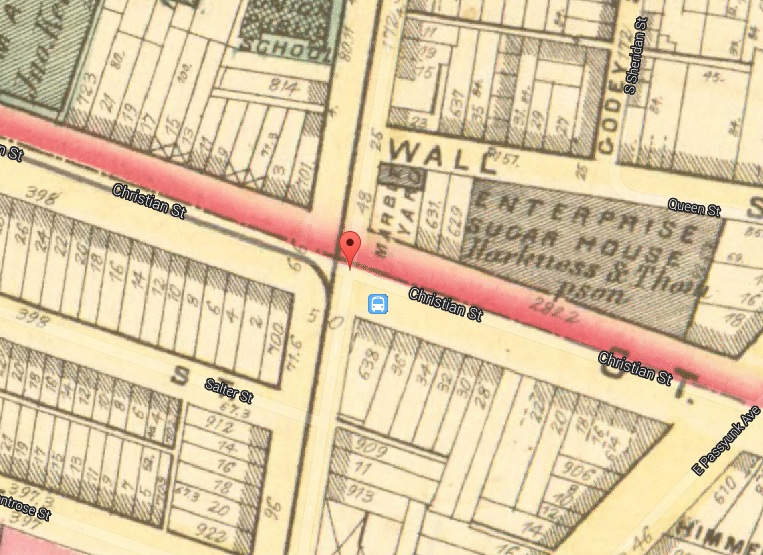
Philadelphia maps identify no businesses, public buildings or landmarks on the corner in the several decades thereafter. However, a cornerstone that remains visible today indicates that the structure currently standing was erected in 1927. The next shred of evidence comes to us from e-Yearbook, which provides images from Southeast Catholic High School’s class of ’44 yearbook. As the yearbook pages shown here below demonstrate, Southeast occupied the corner from at least 1934, when the serious looking gentleman below presided.
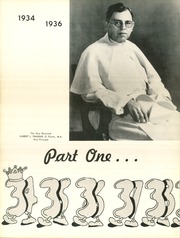
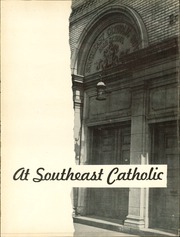
The trail on Southeast runs a little cold after this. Depressingly, most of what we could find came from obituaries of those who graduated in the 1940s and early 1950s. Although if you're in the market for one, Amazon even has a copy of its 1955 yearbook for sale at the tidy sum of $75. This is almost certainly a retrospective on the final graduating class at Southeast. Based on both the lack of any yearbooks thereafter and the date marked under the structure’s keystone today, we can deduce that Southeast was, in short order, replaced by the St. Mary Magdalen De Pazzi School in 1956. The only source of information or photos that we could find is the mysteriously named Jim, the Photographer. In Jim, the Photographer’s 1960 photo, we can see that De Pazzi was a Roman Catholic elementary school.
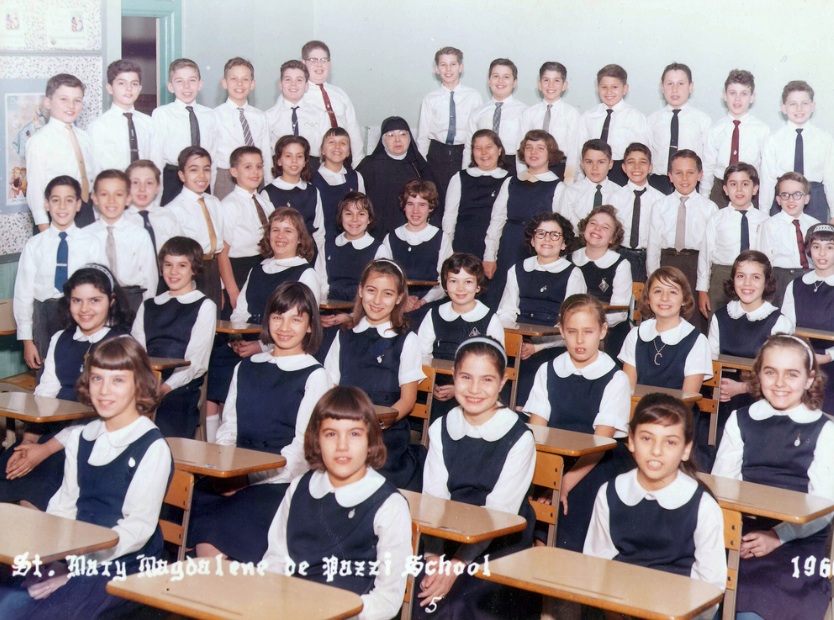
Jim, the Photographer also offers a brief history of the Parrish affiliated with the grade school, noting that it was founded in 1852 and suppressed in 2000. Jim also shares the photo below of third grade teacher Sister Marion Frederica, next to whom the school is visible.
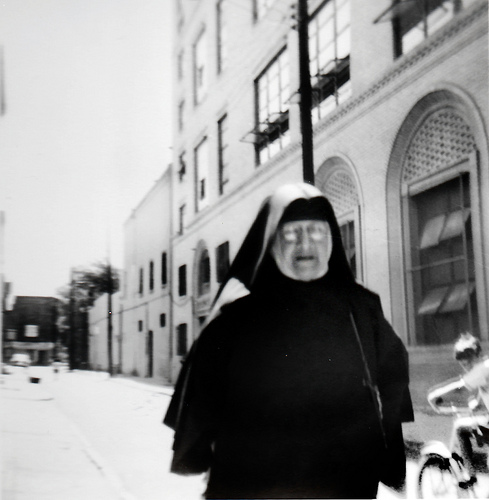
While there is little information readily available to indicate how long the grade school survived, the building would eventually be converted into apartment units. As the photo below demonstrates, very little of the building’s exterior has been altered since its construction almost 90 years ago. Indeed, even though so many details of its history have become obscured over time, the building’s appearance and engravings remain as ample evidence of its own past.
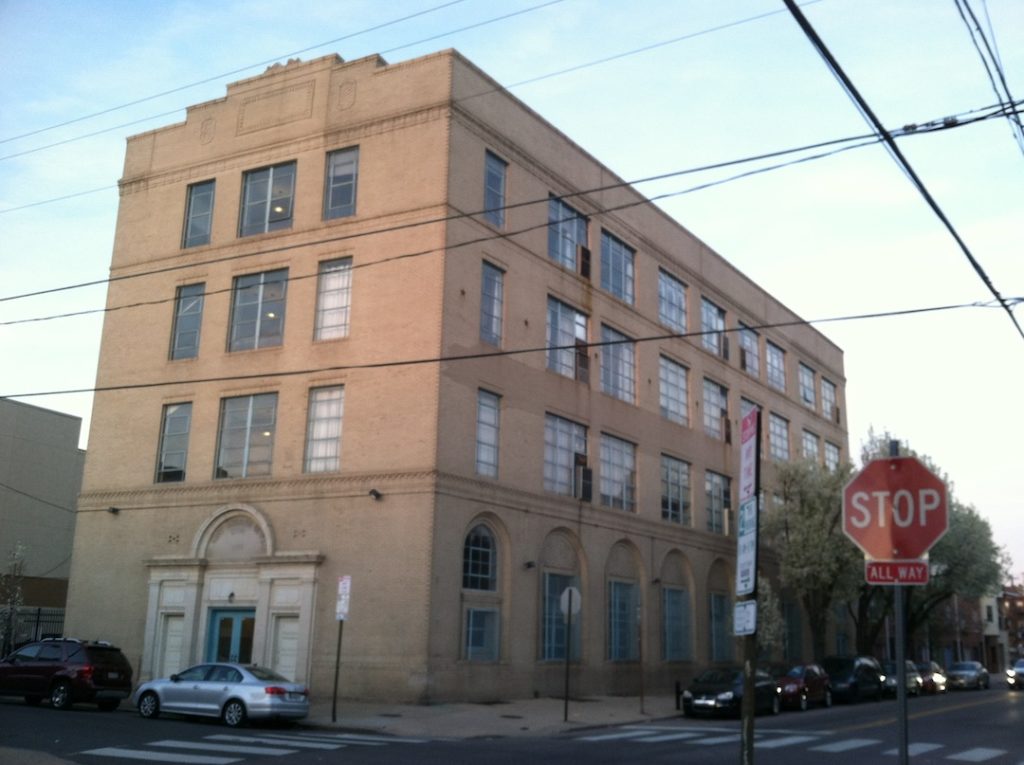

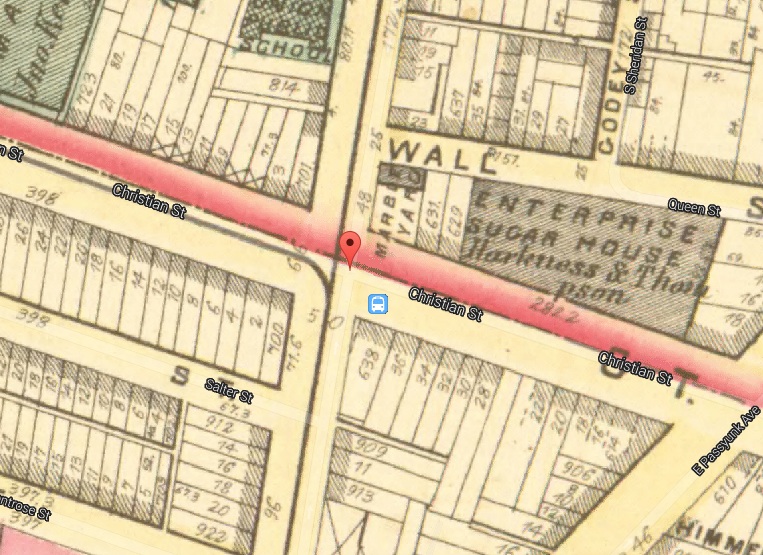
Leave a Reply